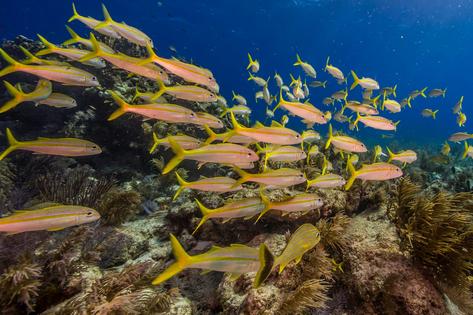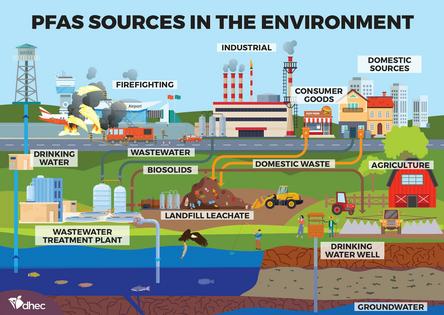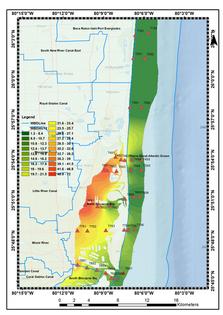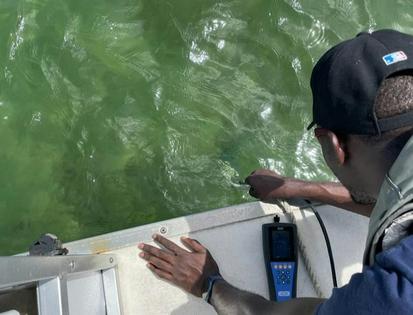PFAS ‘forever chemicals’ are getting into ocean ecosystems, where dolphins, fish and manatees dine – we traced their origins
Published in Science & Technology News
PFAS, the “forever chemicals” that have been raising health concerns across the country, are not just a problem in drinking water. As these chemicals leach out of failing septic systems and landfills and wash off airport runways and farm fields, they can end up in streams that ultimately discharge into ocean ecosystems where fish, dolphins, manatees, sharks and other marine species live.
We study the risks from these persistent pollutants in coastal environments as environmental analytical chemists at Florida International University’s Institute of the Environment.
Because PFAS can enter the food chain and accumulate in marine plants and animals, including fish that humans eat, the spread of these chemicals has ecological and human health implications.
In a recent study, we traced the origins of PFAS contamination in Miami’s Biscayne Bay to help pinpoint ways to reduce the harm.
PFAS – perfluoroalkyl and polyfluoroalkyl substances – are a group of human-made contaminants that have been used for over 50 years. They’re found in personal care products, such as cosmetics and shampoo, and in water-repellent coatings for nonstick cookware and food packaging. They’re also used in adhesives and aqueous firefighting foams, among other products.
As those PFAS-containing products washed down drains and were thrown in landfills over the years, PFAS chemicals became widespread in the environment. Eventually, these chemicals found their way into aquatic ecosystems, including surface water, groundwater and coastal environments.
The same stability and resistance to degrading that makes these chemicals valuable for water- and stain-proof products also makes them nearly impossible to destroy. Hence, the nickname “forever chemicals.” They persist in the environment for decades to centuries.
That’s a problem, because PFAS have been linked to immunological disorders, endocrine, developmental, reproductive and neurological disruption and increased risk of bladder, liver, kidney and testicular cancer. A drinking water study by the U.S. Geological Survey estimated these chemicals were in at least 45% of tap water across the U.S., and a large percentage of Americans are now believed to have PFAS detectable in their blood. The EPA finalized the first federal drinking water standards for PFAS on April 10, 2024.
Studies have also found PFAS in a broad range of marine wildlife, including in the livers of otters and in gulls’ eggs, as well as in freshwater fish across the U.S. These chemicals have already been shown to affect the immune system and liver function of fish and marine mammals.
When we began tracking the sources of PFAS in Biscayne Bay, we found hot spots of these chemicals around the exits of urban canals – especially the Miami River, Little River and Biscayne Canal. Each of these canals, we found, is a major point source contributing to the presence of PFAS in offshore areas of the Atlantic Ocean.
...continued















Comments